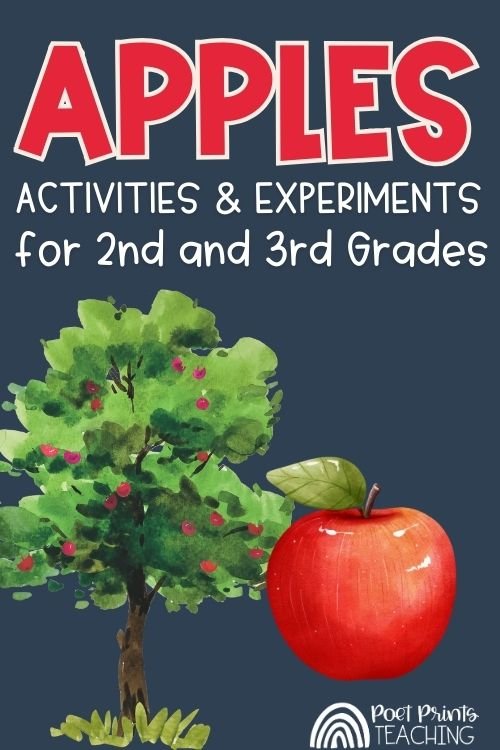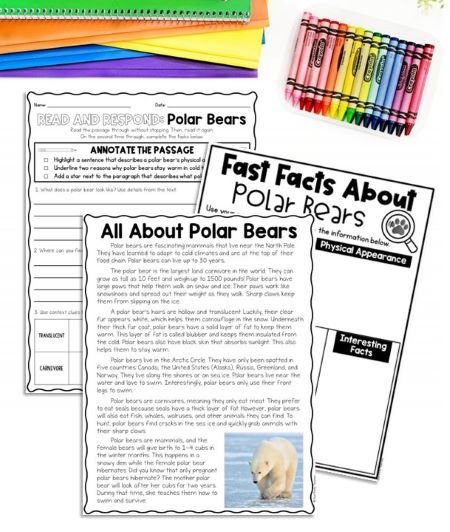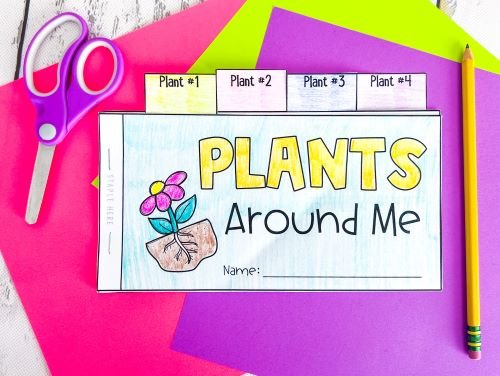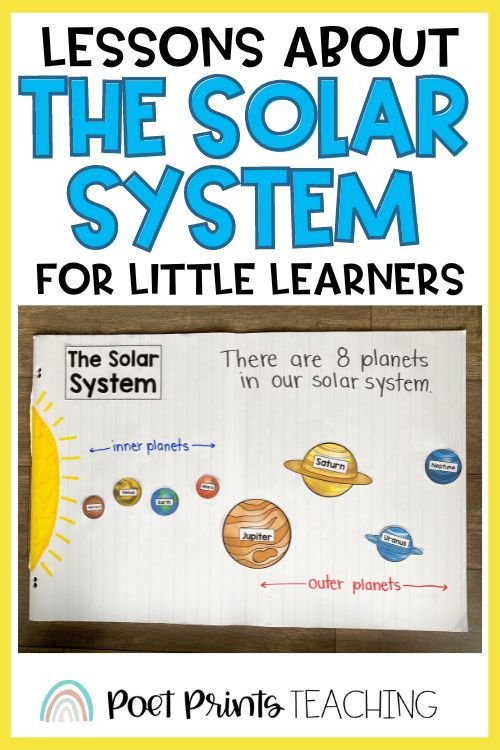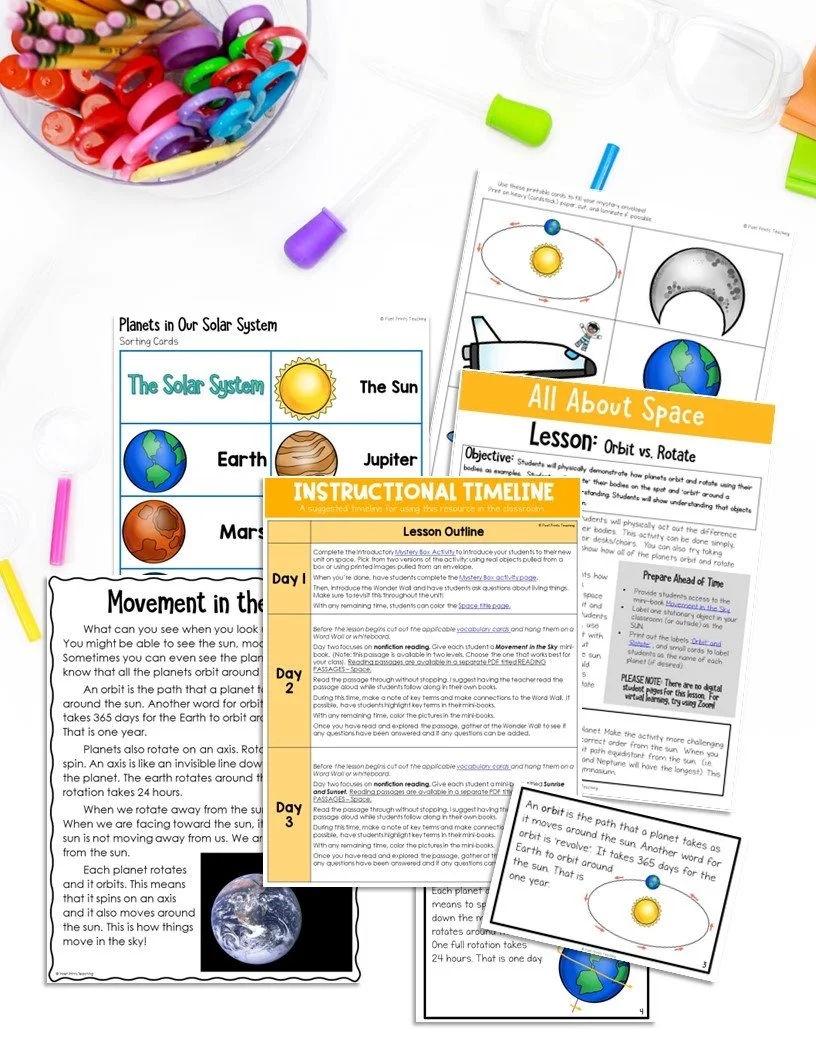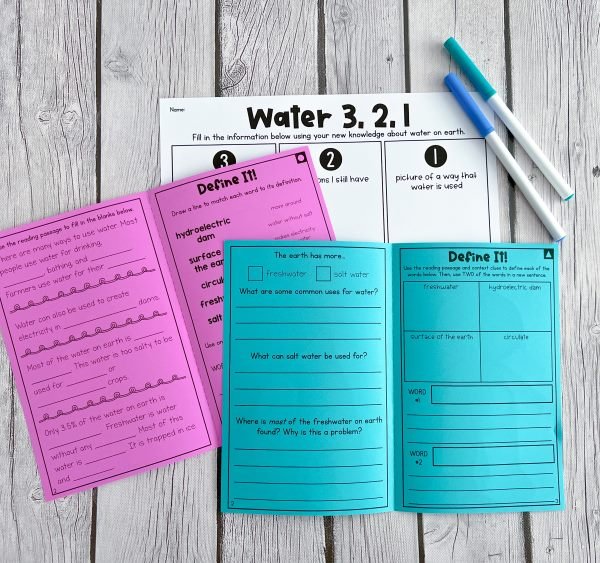A classic symbol in elementary school is an apple. Apples are put on “Welcome Back” bulletin boards, teacher newsletters, and classroom walls. There are endless examples of activities about apples for Kindergarten, but Apples are also a great unit of study for older students in second and third grades! Explore the best apple science and literacy activities sure to engage 2nd and 3rd grade students.
WHY do APPLES TURN BROWN?
Get hands-on with apples and conduct an experiment to see which substances will keep apples fresh the longest. This science experiment is also a great way to teach the scientific method.
Left Brain Craft Brain provides step-by-step instructions to answer “Why Do Apples Turn Brown?”
The EASY way to teach about apples in 2nd and 3rd grades.
Are you ready to explore apples this fall? In just a few clicks you can print all the science and literacy pieces you need: nonfiction reading, comprehension activities, apple life cycle crafts and worksheets, and more!
exploring apples with youtube videos
Learn all about apples with these engaging videos that are perfect for older elementary students. Even I learned new things about apples!
Check out these fun Apple Facts by Hey! Guess What?
Peterson Farms Inc. shows How Applesauce is Made in the Factory.
Check out this Apple Time Lapse by Mountainview Orchard Inc.
Follow along with SciShow Kids as they experiment with making caramel apples. This video mostly teaches chemical reactions, the Maillard Reaction, and food science, but it could be a fun way to integrate other Science topics into your lessons on apples.
learning about apple anatomy
Have you ever tried to dissect an apple? Exploring the inner anatomy of an apple is a great way to get hands-on without having to spend too much money. Grab some local apples, help students cut them in half, and learn about what’s going on inside an apple.
READING ABOUT APPLES
Reading about apples is another way to engage students. There are some fabulous information books and storybooks about apples. These are a few that come to mind:
Gail Gibbon’s “Apples” gives some historical information about apples and describes how farmers grow apples today. (Click here for the Amazon.ca link to Gibbon’s Apples)
The Apple Pie Tree by Zoe Hall is a story about an apple tree through each season.
The Apple Orchard Riddle by Margaret McNamara engages students as they try to discover the riddle about an apple orchard. (Click here for the Amazon.ca link to The Apple Orchard Riddle)
Students can also read this age-appropriate printable nonfiction reading passage about the life cycle of an apple. After reading, complete two engaging comprehension activities so kids can show what they’ve learned.
LIFE CYCLE SPINNER
Teach a lesson on the life cycle of an apple and complete an apple spinner craft to display each life cycle stage.
There are three versions: the first asks students to color the pictures, the second has space for students to create their own drawings, and the third is nearly blank so students can color/label their own pictures. Check out the template by clicking on the link above.
APPLE POEM CRAFTIVITY
The Applicious Teacher has a fabulous Apple Poem Crafitivity. This project would be a good way to integrate Literacy and Science (specifically the five senses).
apple nutrition
Ask students to raid their recycle bins to find various packaging for products made from apples such as apple sauce, apple juice, and apple crisps.
Take time to compare the nutritional value of each item. Try to compare the sweetened and unsweetened apple products as well. Students might be surprised by what they find!
Explain that all foods fit into a balanced diet, so it’s not bad to eat certain foods occasionally. However, we can be mindful of how much sugar is added to apple-related products.
Fall is here, so apples are here. Enjoy teaching some lessons about apples to your second and third-grade students!






